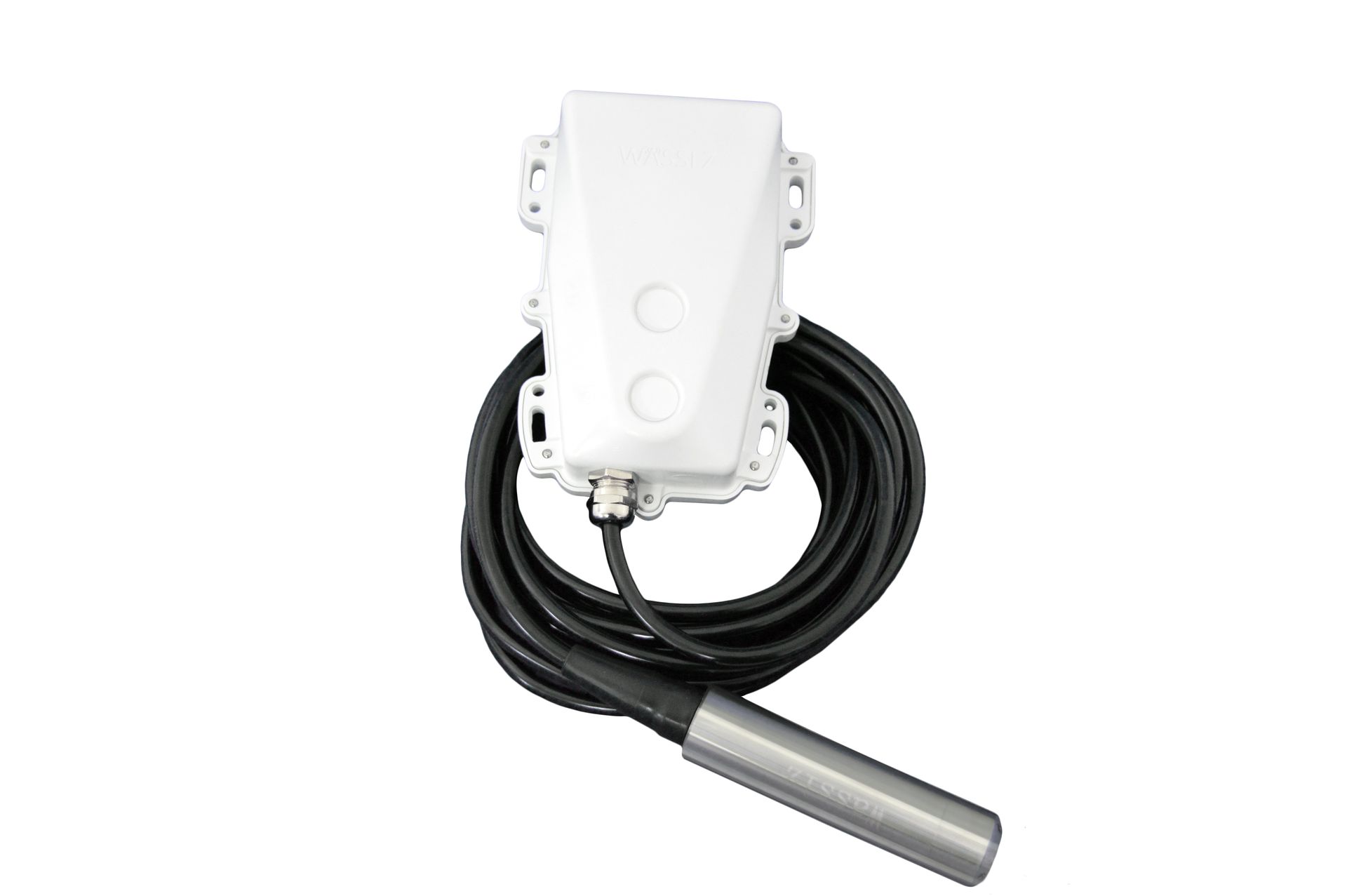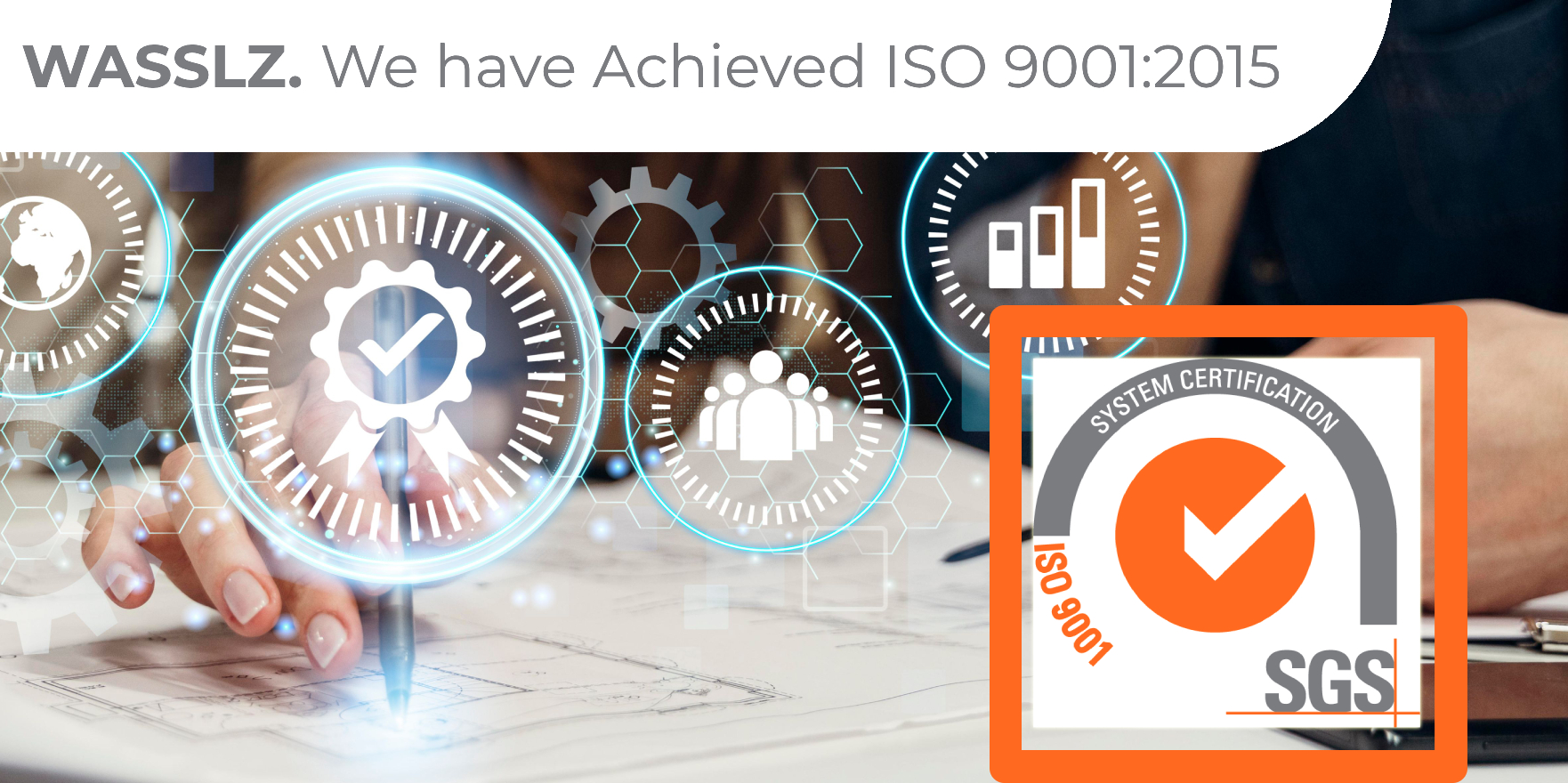An Industry 4.0 revolution is taking place in manufacturing, a sector that has historically been fueled by innovation. Modern sensors, robots, motors and actuators have accelerated the rise of disruptive manufacturing technology. Which has transformed asset management. It is an important subject to concentrate on since it affects entire workflows and procedures. Considering this, we will explore how IoT improves asset management.
Applications of IoT in Asset Management :
1. Improve overall equipment effectiveness (OEE): OEE is a critical indicator for measuring plant efficiency. Unintentional failures as well as maintenance effort have a significant impact on system availability. Production equipment maintenance is a priority to ensure near-zero uptime and downtime. IoT-enabled systems can orchestrate live device data collection, historical data nurturing and OEM inputs.
2. Develop new business models: IoT in asset management can shift the existing product-service revenue balance. After-sales support and remote equipment failure detection are important for guiding decision-making and facilitating deployment of relevant resources at the right time. These modifications save downtime and expenses in the areas of support, warranty and mobility.
3. Remote asset performance management: IoT technology enable asset tracking and tracing. It makes data collecting on the performance and health aspects of numerous subsystems easier. This extra data availability enable in-depth analysis of usage trends, directing strategic decisions such as purchasing and renting these assets.
Benefits of IoT in Asset Management
By automating the whole asset management process, IoT installations may help firms stay competitive. Here are a few advantages of IoT-based asset management:
1. Take preventive measures: instead of waiting for a catastrophic failure, manufacturers and line managers can use predictive maintenance systems to identify problem areas.
2. Increase productivity: by using agile solutions. IoT-based asset monitoring improves productivity by providing real-time visibility into asset usage and better understanding of load distribution and availability.
3. Higher Efficiency: quality assets drive improvement across the entire process, from procurement and maintenance at the point of sale to supply chain and operations.





